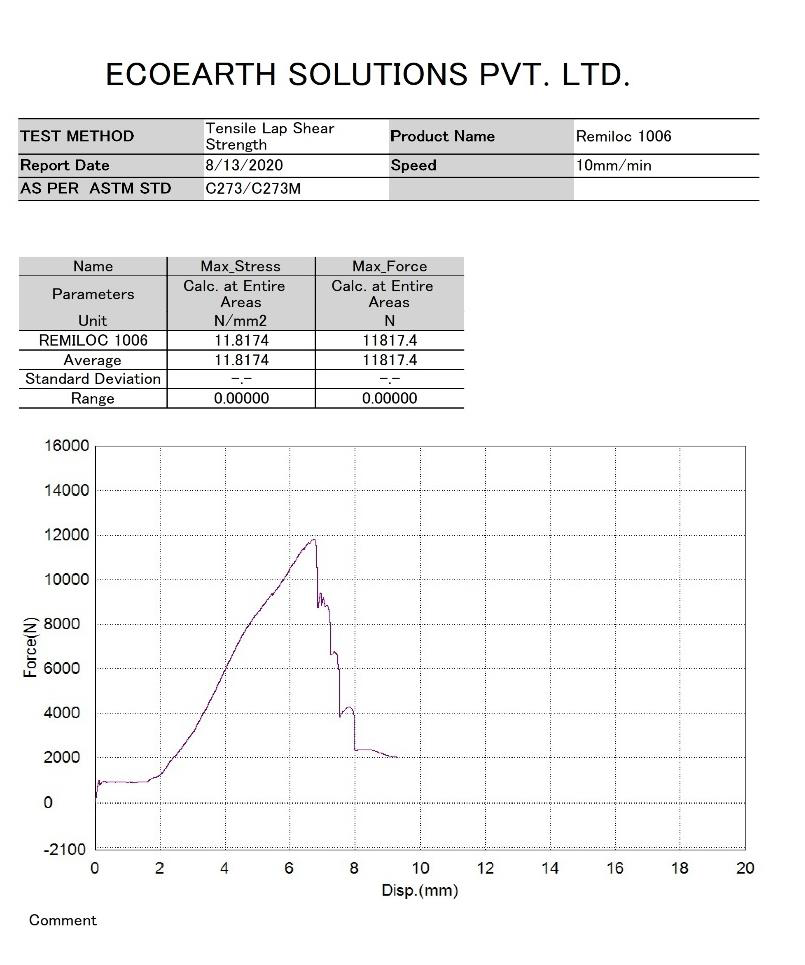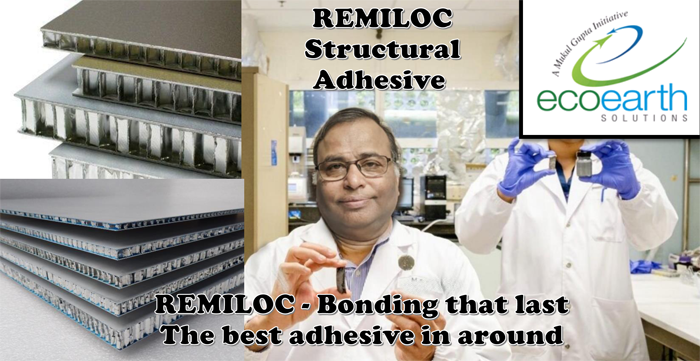
Why use a Structural Adhesive?
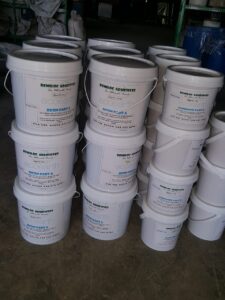 Structural adhesives are chosen for a multitude of assembly operations. Unlike mechanical fastening methods, they don't damage substrates (i.e. no need to drill holes no heat distortion as when welding metal they can join dissimilar materials without galvanic corrosion are amenable to a number of different geometries don't concentrate stress at a few localized spots (thus increasing fatigue resistance and don't require refinishing steps or leave protrusions (aesthetically more pleasing).
Structural adhesives are chosen for a multitude of assembly operations. Unlike mechanical fastening methods, they don't damage substrates (i.e. no need to drill holes no heat distortion as when welding metal they can join dissimilar materials without galvanic corrosion are amenable to a number of different geometries don't concentrate stress at a few localized spots (thus increasing fatigue resistance and don't require refinishing steps or leave protrusions (aesthetically more pleasing).
Compared to other types of adhesives, structural adhesives have the highest load bearing capability excellent environmental and chemical resistance arc generally formulated to be 100% solids (no solvent emissions to deal with) and come in a range of cure times and properties. Structural adhesives cure in an irreversible process which helps provide excellent temperature and solvent resistance. They do not need access to air to dry nor moisture (like one part silicone and polyurethane sealants) and thus have unlimited depth of cure.
In fact, there are so many characteristics and applications for structural adhesives that an engineer may have difficulty selecting which structural adhesive to use. Compared to other adhesives, however, structural adhesives are less intuitive to use and can their performance can be widely affected by processing decisions.
Contact us today to find out more about our structural adhesive.
Fire Certification
ASTM E 84 (CLASS A)
IMO resolution MSC 307 (88)
EN-45545-2021R1/R7
(CLASS A)
(Marine Certification)
(Railway Certification)
Compression test
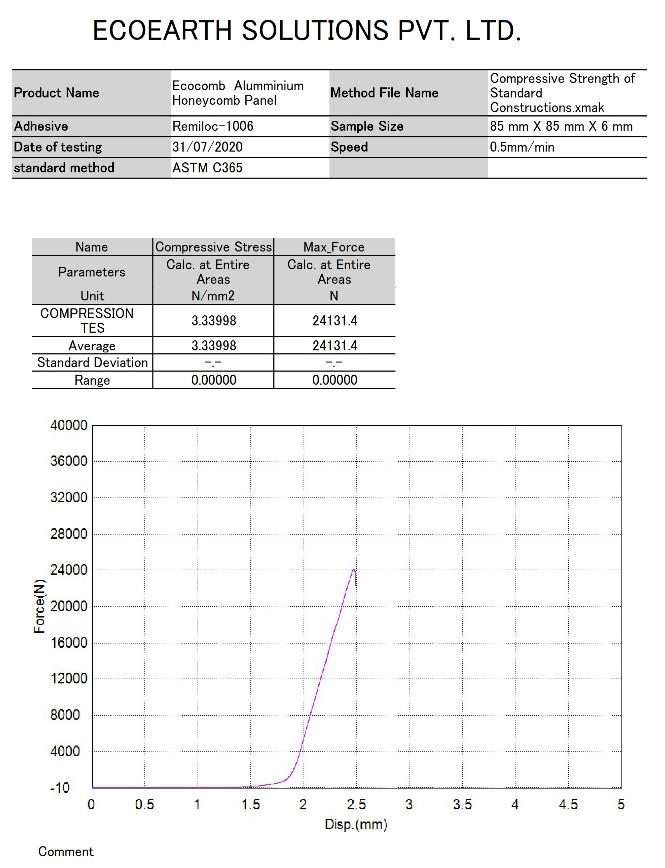
Drum peel test
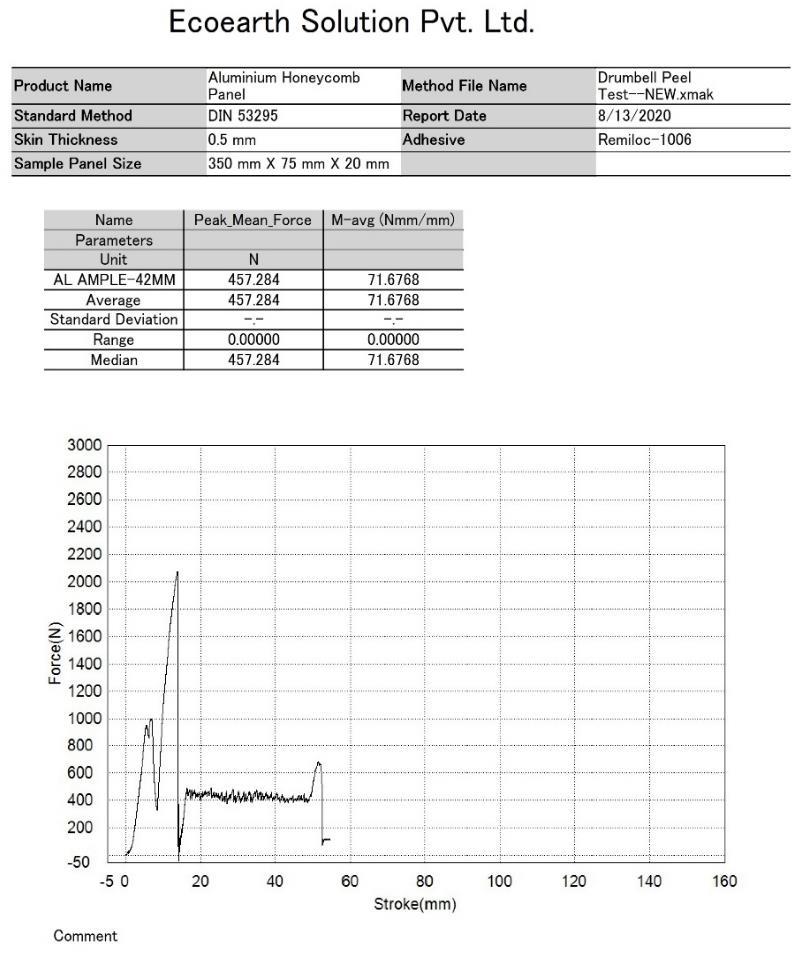
Flexural test
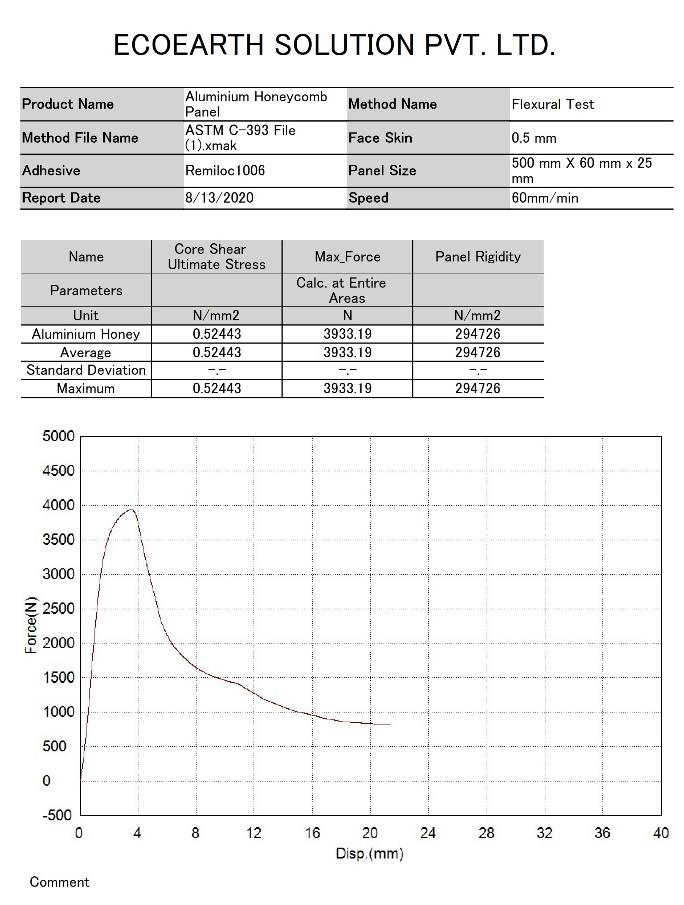
Tensile Lap Shear Strength test
